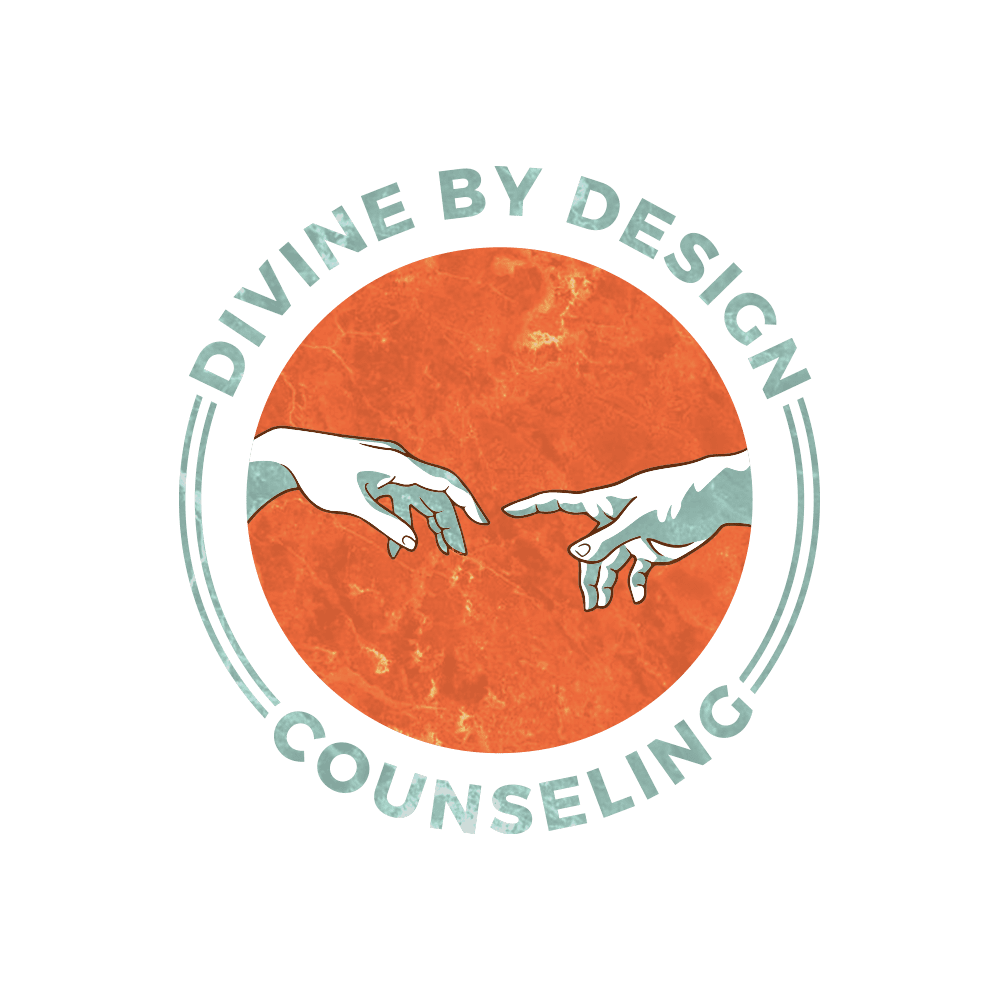There is a line between bondage and freedom. Learning to accept oneself is the crucial step. It’s a step that must be taken in order to cross over. If you never learn to accept yourself, to become comfortable in your own skin or even like who you are, it will be nearly impossible to grow in maturity. Even harder, to view life from a healthy perspective or to become one that responds versus reacts. Maturing into self-acceptance is an intentional choice, and in the beginning stages of walking it out, every vile thought and belief you have about yourself will rise to the surface. This journey is not for the faint of heart and will be a process in unlearning habits, patterns and defaults that you resort to as automatic responses. In order for you to enjoy the freedoms that Jesus purchased for you on the cross, it’s a necessary step, one that He will walk with you along the way.
Underlying Subtlety
Much like shame, a lack of self-acceptance is an underlying subtlety that we rarely are able to recognize. When working with my clients who lament over broken relationships, knee-jerk reactions and destructive anger, I will often ask, “Do you like yourself?” The question catches most of them off guard, as we have been taught if we think too much of ourselves or focus on liking ourselves it will produce narcissistic tendencies or we will be seen as arrogant. The truth is, those are not born out of self-love but rather a lack of self-acceptance.
Accepting oneself opens the door to authentic relationships. Sadly, most of my clients respond with “no, I’m really not a very nice person; no, I don’t like myself at all; no, I have always hated myself.” What they didn’t know, there’s a reason for that.
A lack of self-acceptance is what Leanne Payne calls, “an attitudinal block.” It is an attitude that operates from the very core of our being. She goes on to describe that it’s how we perceive and feel about ourselves and others. This block keeps us from becoming mature, leaning on negative thought patterns and views of others. Have you ever stopped to listen to your internal dialogue? Another question I ask my clients is, “how is your internal dialogue, are you nice to yourself?”
A couple of decades ago I went through a very difficult time of heartache and betrayal and in the midst of my healing journey my counselor asked me that same question, “how is your internal dialogue?” I realized that I was not very nice to myself. I had a terrible internal dialogue.
Growing in Self-Acceptance
Our behavior, attitudes, and thoughts are good information that gives us a peek into the window of our heart. Someone that experiences self-acceptance responds to life very differently than most. They are comfortable in their own skin; they are caring, compassionate and empathic in nature.
Summarizing the love chapter in 1 Corinthians 13, we come to realize that we could exert every super power known to man, but if it is done without love; it means nothing. It is temporal, not eternal. Living from self-acceptance is that one who is able to love others fiercely and fully from their heart, because the love they are extending is the love that Jesus is filling them with. In the end, we cannot come into self-acceptance apart from accepting and understanding and living from the purest form of love, love from the Father.
Creating A Safe Place
We can be Christians and filled with the Spirit, but if we hate ourselves, our view of life, God, and others is distorted. We will see ourselves and others as we believe they see us. We even project this belief onto God and then accuse Him of abandoning or withdrawing from us. It is from this subjective place that keeps our ability to love ourselves at bay.
We heal in safe places. My internal world was not safe, as I was not very kind to myself. I committed to setting an internal dialogue boundary, one that I have practiced for years. I do not speak unkindly to myself. If I blow it, I don’t beat myself up. I don’t necessarily let myself off the hook either; I own it and make it right. I simply speak truth to myself, which is really speaking truth to my heart.
A part of my healing journey was to create within myself a safe place, a place of learning to accept, love and like myself. It was a slow process and in the beginning I even kept an inner dialogue journal to help me identify exactly what I was saying to myself. Sometimes the self-talk came so fast and furious I would be in a slump before I knew it. This journal helped me stop it dead in its tracks. Fast forward many years later, it is still a boundary that I keep within myself. My inner world is a safe place for me. I am able to come into rest, comfortable in my own skin, and I’m still growing in maturity. Sometimes I revert back, but I can catch it and get back on track.
Signs to Consider
There are some definite signs that your internal world is lacking in safety and stunted by immaturity. Fr. Michael Scanlon wrote an excellent book on inner healing and he describes five problem patterns that indicate a heart that needs healing:
- A judgmental spirit that is harsh and demanding on self and others.
- A strong perfectionistic attitude demanding the impossible from self and others.
- A strong pattern of fearing future events.
- A sense of aloneness and abandonment in times of decision.
- A preoccupation with one’s own guilt and a compulsion to compete for position and success.
Any of those sound familiar?
It’s a familiar ring; a lack of self-acceptance has taken down successful men and women, sabotaging their lives as they make poor decisions after poor decisions. I have seen the repercussions in my own life.
Jesus sees you as His Beloved with an open invitation to experience life from His point of view.
5 Steps Toward Self-Acceptance
- Sit with Jesus. I know this can be hard because you may only feel silence or distance. Confess to Him what stands in the way – let His presence come.
- Start an internal dialogue journal – this will help you identify triggers.
- Take every thought captive – setting an internal boundary.
- Reframe your thoughts with truth and grace.
- Practice, practice, practice
If you are struggling with self-acceptance, schedule an appointment and I would love to journey with you to help you get in touch with your heart and experience healing resulting loving yourself, experiencing maturity and enjoying freedom.






0 Comments